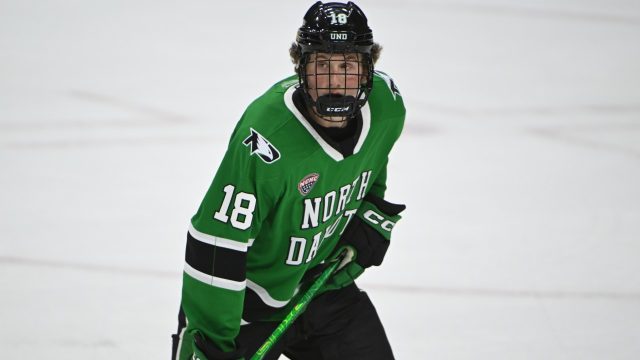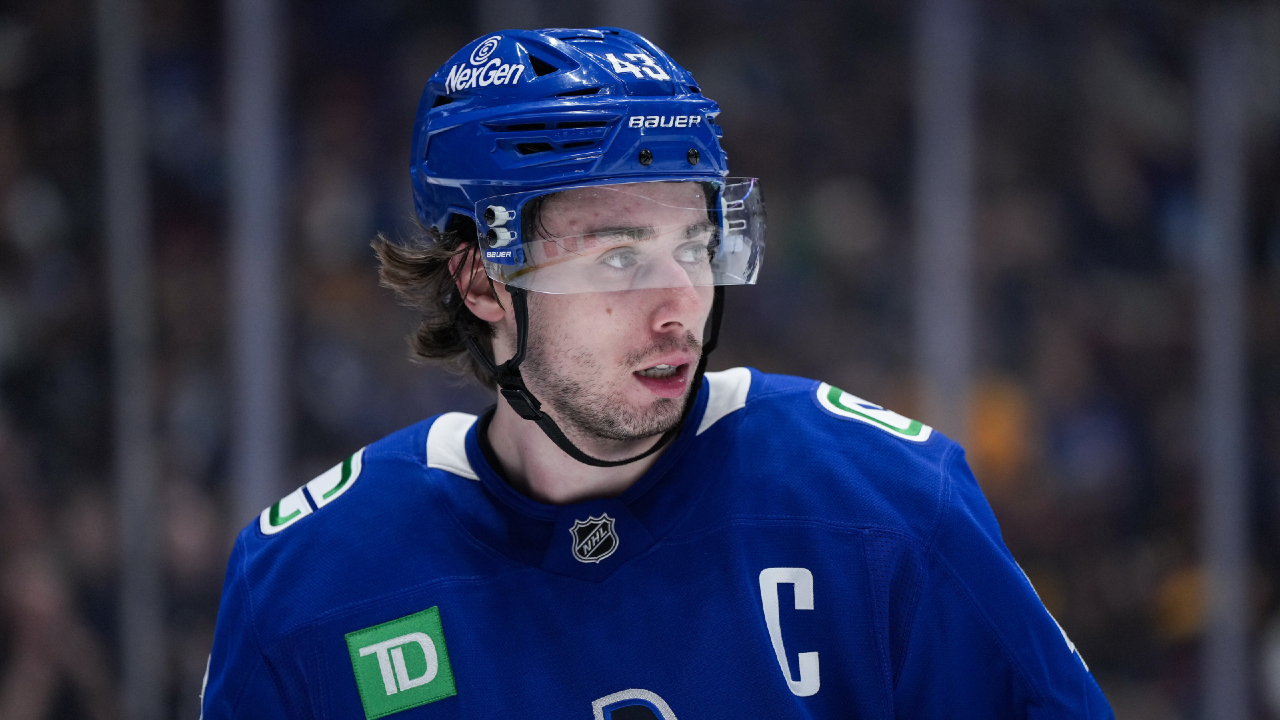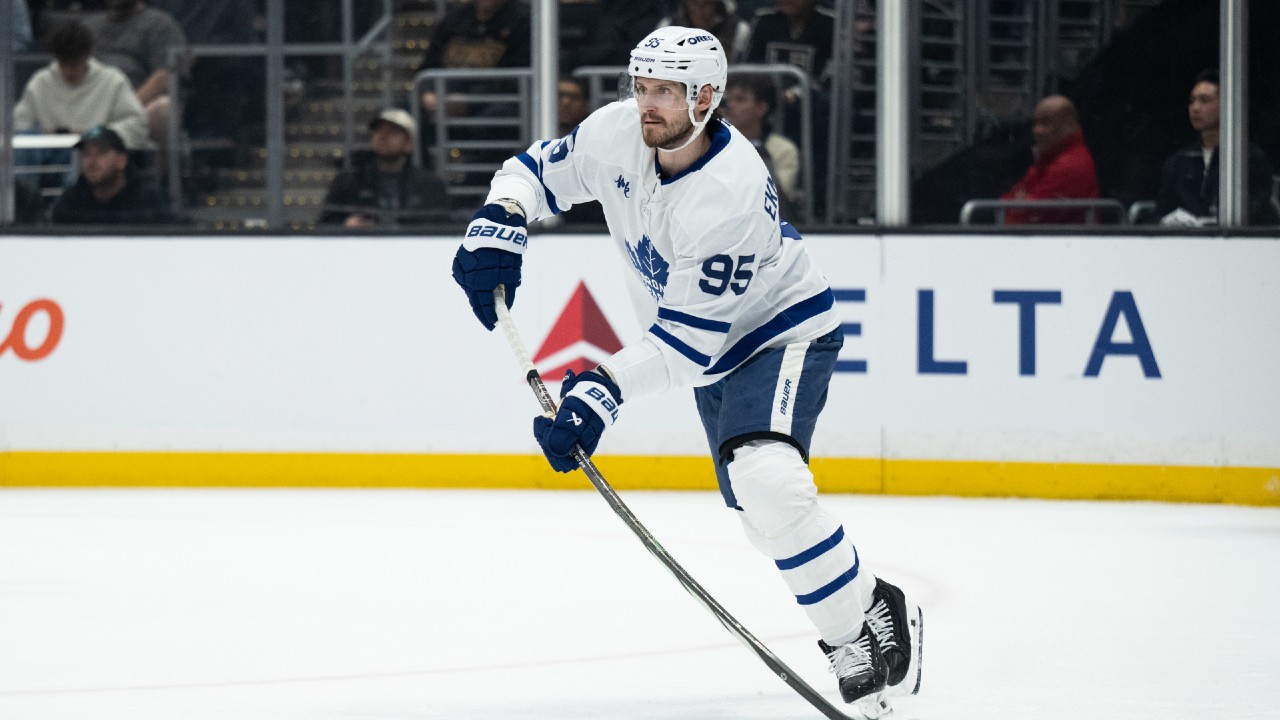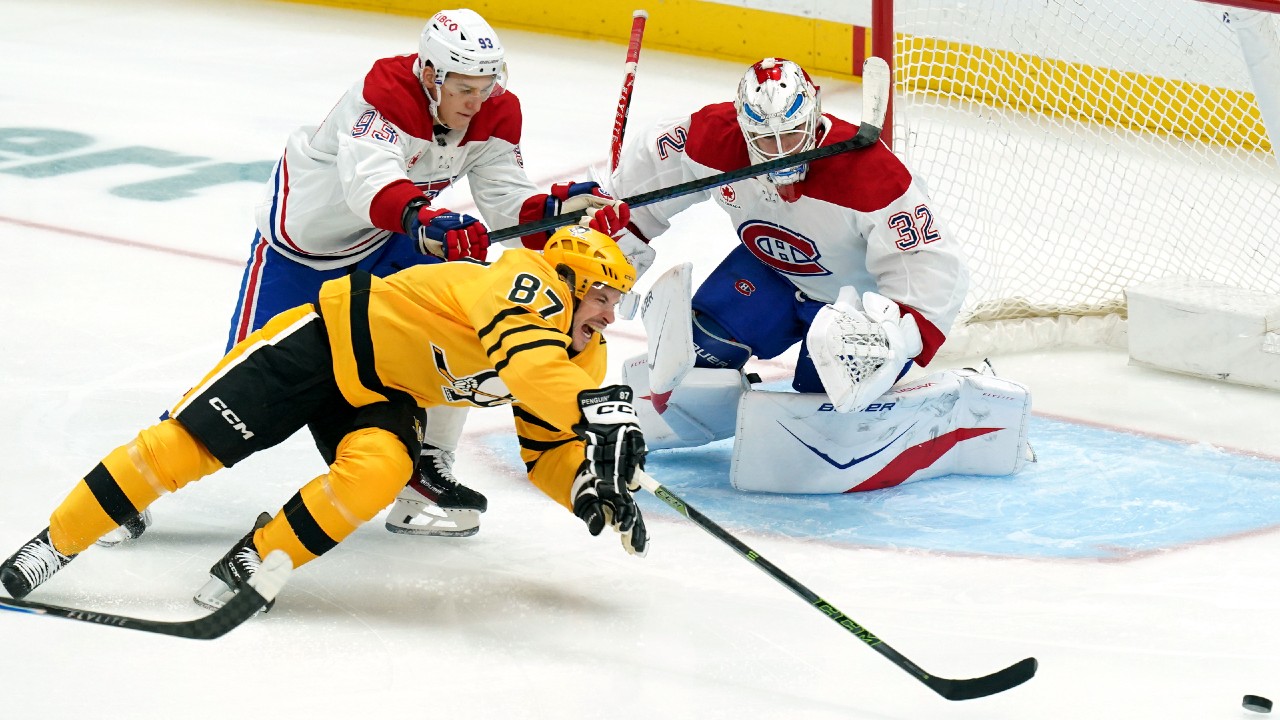
VANCOUVER — As a spectacle, the Vancouver Canucks’ opening quarter of the National Hockey League season was a lot more like “Survivor” than “The Great Race.”
Despite all of the organization’s planning, good intentions, optimism and hockey’s law of averages, the injuries that ravaged the Canucks last season returned after a summer off. The team had won three games in a row, and peaked at two games over .500 (4-2-0), when two of their three proven NHL centres were injured Oct. 19 in Washington.
Filip Chytil and Teddy Blueger haven’t played since, the team has had as many as nine players out (and not fewer than five) and hasn’t won consecutive games in four weeks. Hence, survival mode.
We get it, in an Olympic-year schedule so condensed it could split an atom, everyone has injuries. But the Canucks were never a team with so much talent that they could absorb significant injuries to top and even second-tier players.
Among Thatcher Demko, Quinn Hughes and Elias Pettersson, the three most important Canucks, the first two have already missed five games each — with the toll still ticking on Demko.
Head coach Adam Foote has regularly used a lineup that includes a half-dozen players promoted this season from the minors, and general manager Patrik Allvin, unable so far to trade for the top-six centre the Canucks have been seeking since the end of last season, has bought inexpensive lottery tickets on acquisitions Lukas Reichel and David Kampf.
As hockey-operations president Jim Rutherford told us last week: “We still really don’t know what we’ve got because we haven’t had a full lineup.”
People are getting sick of hearing about Canuck injuries and, honestly, we’re kind of tired of reciting them in each summary of what has occurred in Vancouver this fall. But this is the inescapable and harsh landscape in which the Canucks have played their first 21 games at 9-10-2.
And have they survived?
Well, ask us in another 20 games. On raw points, the Canucks were only two of a playoff spot in the Western Conference as they arrived home Tuesday from a .500 road trip that ended with an 8-5 loss to the Florida Panthers. But all eight playoff teams sat at .600 or better, while Vancouver’s winning percentage of .476 was ahead of only three teams in the conference.
But they’re still in the fight. With 3.1 goals per game, the Canucks have scored more than most people expected given the makeup of the roster and injuries. But their stout defensive structure, which is supposed to be part of the team’s identity, has eroded alarmingly since last season. The Canucks are sitting 30th in goals against (3.67), and their penalty kill has crashed to 32nd (67.1 per cent) from third last season (82.6 per cent).
Certainly injuries and personnel — the volume of new players being incorporated and/or forced into elevated roles — partly explains the frayed systems play. But without the defensive structure that was a hallmark of their team the last two seasons, the Canucks are without a safety net. They’ve relied too much on goalies Demko and, now, Kevin Lankinen to save them.
-
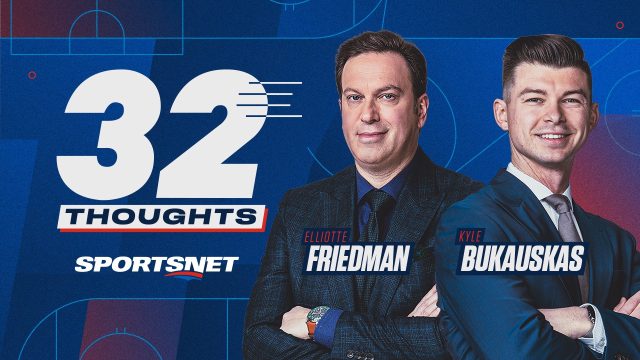
-
32 Thoughts: The Podcast
Hockey fans already know the name, but this is not the blog. From Sportsnet, 32 Thoughts: The Podcast with NHL Insider Elliotte Friedman and Kyle Bukauskas is a weekly deep dive into the biggest news and interviews from the hockey world.
Most encouraging development: Offence picking up
The Canucks’ attack hasn’t been the obstacle to success it was expected to be. Vancouver has been shut out once. But since a couple of one-goal games that followed the full outbreak of injuries a month ago, the Canucks have scored at least three goals in 10 of 13 games, and four or more goals in seven. After sputtering for a while, Vancouver’s power play has generated seven goals in the last five games and is up to ninth in the NHL at 23.5 per cent.
Another positive has been the potential shown by some of the prospects getting a chance to play, and especially 20-year-old rookie defenceman Tom Willander, whose skating, hockey IQ and defensive orientation is allowing him to look like an NHL player straight out of Boston University.
Most concerning development: Blue-liners not meeting expectations
It’s impossible not to feel doom lurking with the injuries, especially with Thatcher Demko already out with a groin strain after enduring three separate injuries last season and making peak health and injury-prevention his off-season goals.
But, really, the most alarming aspect of the Canucks has been their porous defending. According to Natural Stat Trick, the Canucks are generating only 42 per cent of high-danger scoring chances at five-on-five (170 vs 235), and Vancouver has been outshot in 14 of 21 games.
Defending involves all five players on the ice, but the Canucks’ actual defence, which Allvin touted as potentially top-five in the NHL, hasn’t performed close to expectations in a defensive zone where the slot has too often been open for business.
Top-six forwards: Grade B
It’s difficult to categorize some Canuck forwards in tiers because injuries have forced players up the lineup. But if we take the six forwards with the most ice time — Pettersson, Conor Garland, Brock Boeser, Evander Kane, Kiefer Sherwood and Jake DeBrusk — all have been solid to excellent. Despite getting all the toughest matchups and more defensive-zone starts than ever in his career, Pettersson is rediscovering his elite offensive game while posting impressive defensive metrics. Sherwood has a dozen goals and DeBrusk eight, albeit all but one on the power play. And even three-goal scorer Kane, who started slowly and has taken too many penalties, lately has been driving play with his powerful to-the-net style.
Bottom-six forwards: C-plus
The biggest fault among Vancouver’s depth forwards is that they aren’t experienced enough and, at times, have been overmatched. After a slow start, Drew O’Connor has contributed six goals, and minor-league centre callup Max Sasson has scored four while being forced some nights to play higher in the lineup than is ideal. Others, like winger Linus Karlsson and centre Aatu Raty, have shown NHL traits after graduating from the American League. Former St. Louis Blue Mackenzie MacEachern has helped since his recall from the minors six games ago. Really, the only guys who haven’t shown much are speedy wingers Arshdeep Bains and Reichel.
Defencemen: C
Given this group’s capabilities and experience in the top four, we expected more, especially on the penalty kill. That said, we have to acknowledge that Hughes, despite twice coming out of the lineup with injuries, is on fire offensively (10 assists his last three games) and still playing at a world-class level even if his possession metrics are down slightly from last year. Filip Hronek has been good, but veteran matchup defencemen Marcus Pettersson and Tyler Myers need to be better. Willander has surpassed rookie projections and fellow Swedish prospect (and frequent blue line partner), young Elias Pettersson, has shown the promise and inconsistency you’d expect of a 21-year-old.
Goaltenders: B-plus
Demko was not only the Canucks’ MVP in October, but arguably the best goalie in the NHL. His form dipped during a road trip at the start of November, before he missed two games due to soreness and then was injured on Nov. 11. Three unlucky goals against on eight shots in that game dropped his save percentage to a misleading .903. After a spotty start when Lankinen failed to match his form from last season (although he was better than his basic stats indicated), the backup-plus has helped steal points for the Canucks since Demko’s injury.
First-quarter awards
MVP: Kiefer Sherwood
Most Improved Player: Drew O’Connor
Best Defensive Player: C Elias Pettersson


